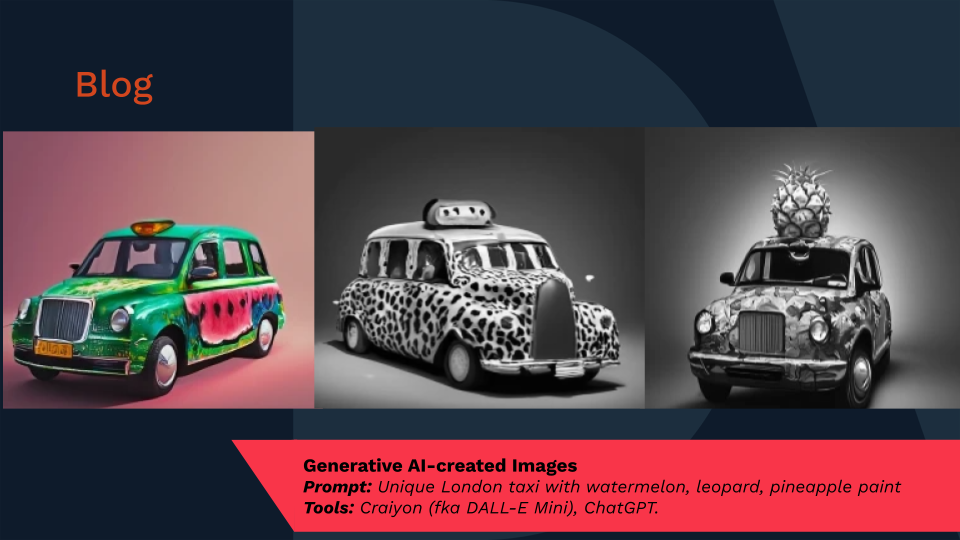In this 3-part blog series, we’ll explore the elements of modern identity systems, including context-based learning, the 5 key controls for identity verification, and the proper, layered platform approach to IDV.
In a world that’s becoming increasingly digital, remote, and interconnected, the need for efficient and accurate user verification methods has led to rapid technological advancements in that space. Accordingly, two distinct approaches have emerged in developing software solutions for documentation authentication: template-based and context-based learning.
This first blog post explores the groundbreaking impact of context-based learning—enriched by the integration of generative AI—in revolutionizing the field of identity verification.
The template-based approach
Traditionally, identity verification relied on template-based approaches, whereby developers build software that utilized predefined blueprints to extract data from sources and format the output.
While effective, this method posed limitations, requiring specific templates for regional coverage and struggling to adapt to varying document formats and regional differences, thereby hindering scalability.
The context-based learning revolution
A paradigm shift has occurred with the advent of context-based learning, which harnesses the potential of computer vision and deep neural networks. In a matter of a few years, computer vision technology has progressed significantly, enabling a much deeper understanding of visual data.
Context-based learning allows the system to reason like humans when analyzing identity documents or video feeds; these remarkable programs are capable of identifying objects and conducting intricate calculations and classifications.
The power of generative AI
The key to enhancing context-based learning lies in the incorporation of generative AI, which essentially creates the “fuel” to train the deep neural networks, thus allowing the system to integrate new data points contributing to a more comprehensive understanding of identity documents and video content. This dynamic capability significantly improves the system’s accuracy and adaptability—the more data a system is trained on, the better it will perform.
The interplay between generative AI and context-based learning makes for a powerful identity verification solution. Integrating generative AI augments a system’s ability to interpret and analyze identity documents, extending its scope to diverse formats and standards globally.
Unlike the template-based approach which requires specific templates for each region, the combined approach relies on the commonalities found in government-issued ID documents across the world, simplifying the verification process and eliminating the need for extensive region-specific testing.
Enhanced accuracy and inclusivity
Through generative AI, context-based learning exhibits improved accuracy by reducing false negatives. The technology can now authenticate tens of thousands of ID document types and billions of real individuals without manual intervention, significantly enhancing the efficiency of the verification process. Moreover, the integration of generative AI aligns with the commitment to Zero Bias™ machine learning, ensuring protection against discrimination based on ethnicity, age, or gender, and maximizing inclusion and fairness.
The fusion of generative AI and context-based learning represents a groundbreaking leap in the field of identity verification. When developers infuse deep neural networks with generative capabilities, the system gains unparalleled accuracy, adaptability, and inclusivity, setting it apart from template-based approaches.
About the post:
Images are AI-created. Prompt: Unique London taxi with watermelon, leopard, pineapple paint. Tool: Craiyon (fka DALL-E Mini), ChatGPT.
About the author:
Paul Warren-Tape is IDVerse’s GM for the APAC region. He has 20+ years of global experience in governance, operational risk, privacy, and compliance, spending the last 10 years in pivotal roles within the Australian financial services industry. Warren-Tape is passionate about helping organisations solve complex problems and drive innovation through encouraging new ideas and approaches, whilst meeting their legislative requirements.


